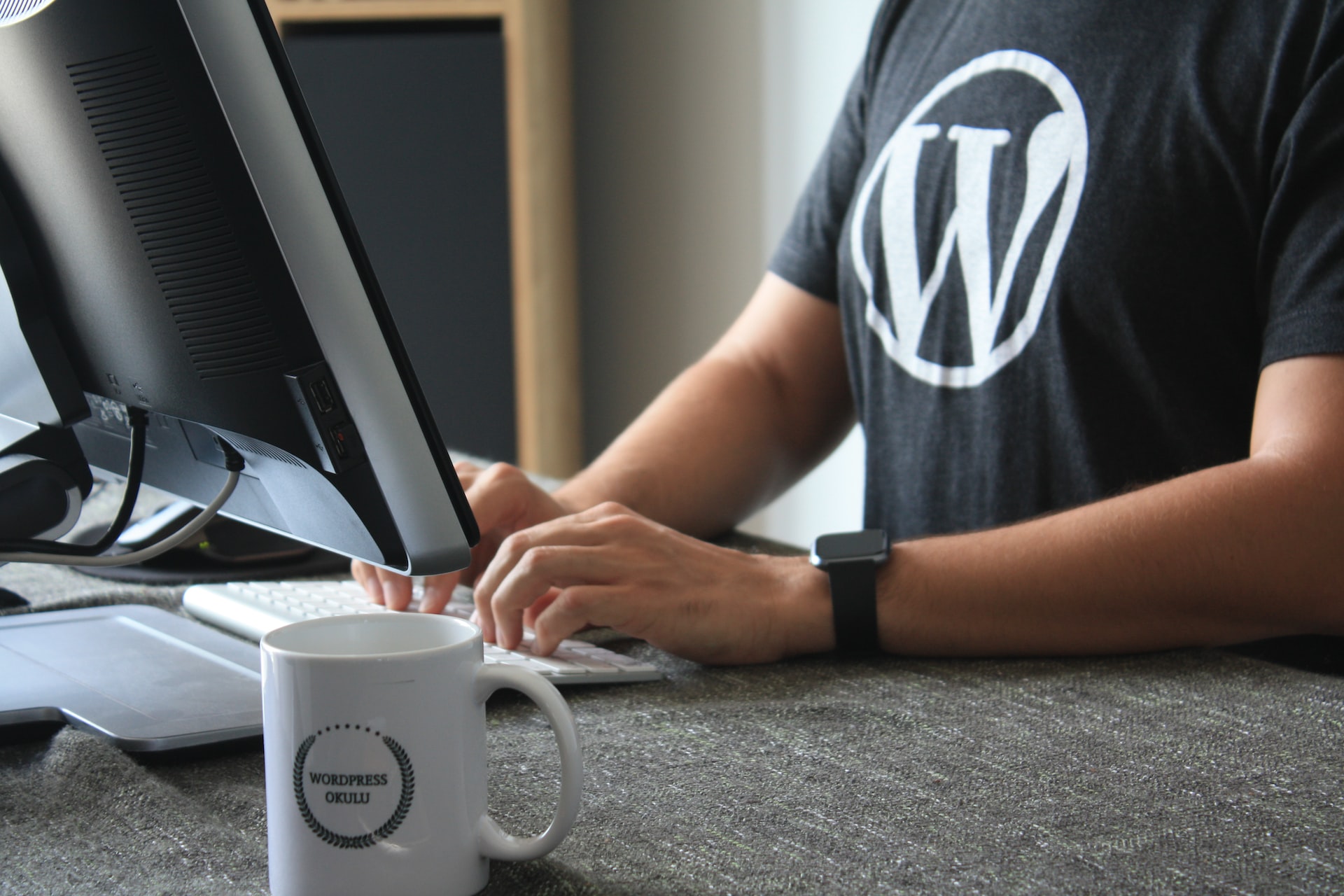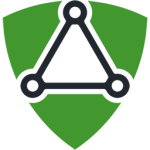Introduction
Your WordPress login area is the gateway to your website’s administration and user content. It’s where you and your users access critical parts of your site, but it’s also a prime target for hackers, bots, and malicious actors. Securing your login forms is essential to prevent unauthorized access, protect your data, and maintain your site’s reputation. This article covers effective strategies and best practices to keep your WordPress login area safe and secure. It focuses on a multi-layered security approach that uses both best practices and specialized tools to fend off attackers.

Understanding the Threat Landscape
Before you can protect your login, it’s important to understand the common threats:
- Brute Force Attacks: Hackers use automated software to try thousands of username and password combinations. If users have weak passwords or common usernames, these attacks can quickly succeed.
- Credential Stuffing: Cybercriminals use login details leaked from other sites to try and gain access to your WordPress account. This tactic is effective when users reuse passwords across different sites.
- Bot Attacks: Automated bots can flood your login page with requests, overwhelming your server and potentially exploiting vulnerabilities.
- Phishing Attempts: In this scenario, attackers create fake login pages to trick users into revealing their credentials.
Understanding these threats helps you see the importance of adding multiple layers of security to protect the login area.
Adopting a Multi-Layered Security Approach
Relying on just one security feature is often not enough. A multi-layered approach offers robust protection by addressing various attack vectors:
1. Use Strong Passwords and Unique Usernames
One of the simplest yet most effective security measures is enforcing strong, unique passwords for all user accounts. Encourage your users and administrators to:
- Create passwords that include a mix of upper and lower case letters, numbers, and special characters.
- Avoid common words or predictable sequences.
- Use unique usernames rather than common ones like “admin.”
2. Enable Two-Factor Authentication (2FA)
Two-factor authentication provides an extra layer of security by requiring a second form of verification in addition to a password. This could be a code sent to a mobile device or generated by an authenticator app. With 2FA enabled, even if someone obtains a password, they cannot access the account without the second verification.
3. Limit Login Attempts
To prevent brute force attacks, it’s wise to limit the number of login attempts. Once a user surpasses a set number of failed login attempts, temporarily block further attempts from that IP address. This reduces the opportunity for automated bots to repeatedly guess credentials.
4. Utilize Captcha Verification
Adding a captcha to your login form is a simple yet powerful way to distinguish between human users and automated bots. Captchas force users to complete a challenge that is simple for people but difficult for robots. For example, a plugin like WP Captcha allows you to integrate various captcha options on your login and other forms without compromising the user experience. With flexible choices—from a built-in captcha that doesn’t require an API key to advanced options like Google’s reCaptcha—this feature stops automated logins in their tracks.

5. Secure Your Connection with SSL
An SSL certificate encrypts data transmitted between your website and its visitors. This ensures that sensitive information, like login credentials, remains secure as it travels over the internet. Implementing SSL not only protects your users but also boosts your site’s credibility in the eyes of search engines.
6. Customize Your Login URL
Many automated attacks target the default login URL (/wp-login.php). Changing the URL to something unique makes it harder for attackers to locate your login page. This extra step can discourage automated bots looking for vulnerabilities on common login paths.
7. Implement IP Whitelisting and Blocking
Consider restricting login access to known IP addresses. IP whitelisting allows only designated addresses to access the login page, while blocking known malicious IPs adds another layer of defense. This tactic is especially useful for sites that have a limited number of legitimate administrators or users.
Role of Security Plugins
Security plugins play a crucial role in reinforcing the measures mentioned above. They often bundle several of these features into one convenient package. For instance, a comprehensive solution can include captcha integration, login attempt limits, IP blocking, and logging features that alert you to suspicious activities. While WP Captcha is one example that focuses on reducing automated login attempts, there are many plugins available that can complement your overall security strategy.
By integrating these plugins, you benefit from:
- Automated Protection: The plugin continuously monitors your login page for unusual activity and takes action when necessary.
- Centralized Management: A unified dashboard lets you track login attempts, see geographic data, and monitor the overall health of your login security.
- Customizable Settings: Many plugins allow you to adjust security settings based on your site’s specific needs, ensuring a balance between robust protection and user accessibility.
Monitoring and Maintenance
Even with a strong initial setup, regular monitoring and maintenance are essential:
- Check Activity Logs: Regularly review login attempt logs and security notifications. This helps you identify and respond to potential threats quickly.
- Update Software: Keep your WordPress core, themes, and plugins up to date. Developers often release updates that patch vulnerabilities and improve security.
- Backup Regularly: Maintain regular backups of your site so that you can quickly restore it in case of a security breach or error.
- User Education: Encourage your users to remain vigilant. Educate them on the importance of security practices, such as recognizing phishing attempts and updating passwords frequently.
Conclusion
Securing your WordPress login area is an essential step in safeguarding your website against unauthorized access and cyber threats. By employing a multi-layered approach that includes strong passwords, two-factor authentication, limited login attempts, captcha verification, SSL encryption, custom login URLs, and IP restrictions, you create a formidable defense that deters attackers. Utilizing security plugins further enhances your protection by automating and centralizing many of these features.
Investing time and effort into login security not only protects your data but also builds trust with your users, ensuring that your website remains a safe and reliable resource. Implement these best practices today, and enjoy the peace of mind that comes with knowing your WordPress access points are well-guarded against unwanted eyes.



